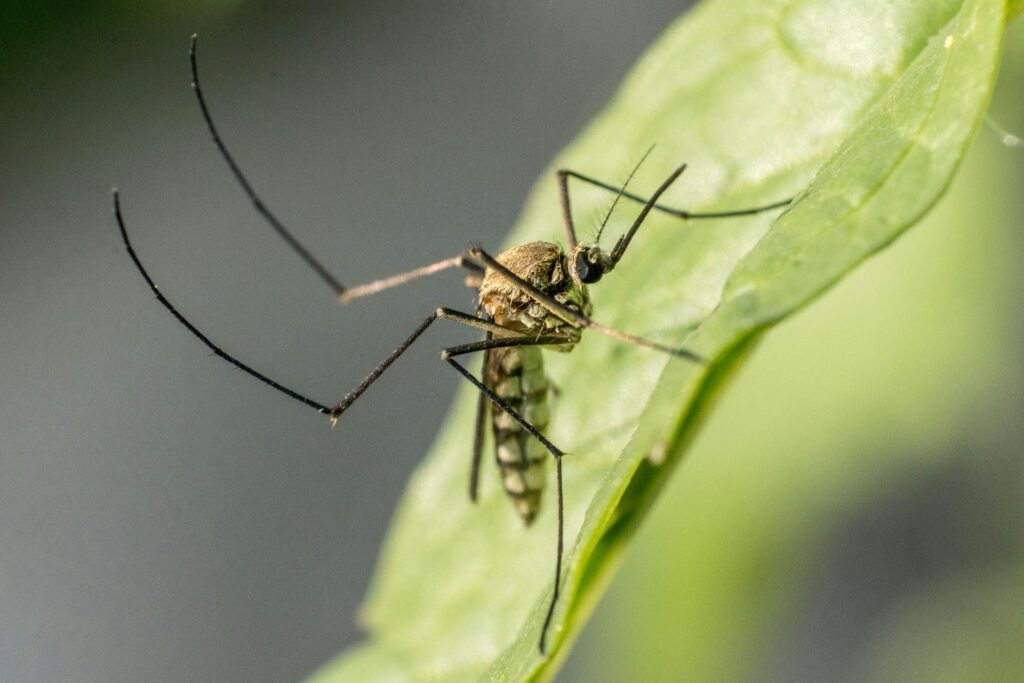Malaria is a common concern for travelers – especially those venturing into malaria-prone areas in Africa, Asia, and South America.
If you’re from the U.S. and planning a trip overseas to one of these regions, you may be wondering: how often do tourists actually contract malaria?
In this article, we’ll break down the facts, risks, and preventive measures surrounding malaria so you can stay informed and safe during your travels.
First, Here’s What to Know:
Malaria is a disease caused by a parasite called Plasmodium – with transmission occurring from the bite of mosquitoes infected with malaria.
Malaria is most prevalent in tropical and subtropical regions where mosquitoes thrive—mainly in parts of:
- Africa
- Asia
- South America
That’s why travelers heading to these areas need to take special precautions to protect themselves.
The symptoms of malaria can be mild or severe, including fever, chills, headache, muscle aches, and fatigue. Left untreated, malaria can lead to more serious complications, and in some cases, it can be fatal.
How Common Is Malaria Among Tourists?
So, how often do tourists really get malaria? It’s difficult to give an exact number, but here’s what we know:
According to Malaria journal, more than 30,000 international travelers contract malaria each year.
Tourists who don’t take preventive measures, like using malaria prophylaxis (medication) or avoiding mosquito bites, are at a higher risk of contracting the disease.
It’s worth noting that malaria risk varies significantly depending on the destination. Travelers visiting rural areas or regions with high mosquito populations are generally at a higher risk compared to those visiting urban centers or tourist spots.
Malaria in Africa: The Highest Risk for Tourists
Africa, particularly sub-Saharan Africa, is one of the regions with the highest rates of malaria transmission. Countries that report millions of malaria cases each year (combined) include:
- Nigeria
- The Democratic Republic of the Congo
- Uganda
For tourists visiting popular safari destinations or rural areas, the risk is considerably higher.
The World Health Organization (WHO) reports that Africa accounts for over 90% of global malaria cases and deaths. While many tourists visiting African cities may face lower risks, those heading to national parks, game reserves, or rural villages need to be extra cautious.
Malaria in Asia: Varying Risks Across Regions
In Asia, malaria is present but not as widespread as in Africa. However, some regions still pose significant risks for travelers. Southeast Asia, particularly countries like Myanmar, Cambodia, and Laos, has malaria-endemic areas, particularly in rural and forested regions.
On the other hand, popular tourist destinations in Asia, such as Thailand, Vietnam, and Bali, typically have lower malaria transmission rates. However, if you’re planning to visit less developed or forested areas in these countries, malaria prevention is still crucial.
Malaria in South America: A Growing Concern
South America, specifically the Amazon Basin, is another region where malaria transmission occurs. Countries like Brazil, Peru, and Colombia have reported cases of malaria, especially in rural and jungle regions. Tourists visiting these areas for eco-tourism or adventure travel should take preventive measures, as the risk of contracting malaria is higher in the Amazon and similar environments.
Interestingly, while the risk of malaria in South America is lower than in Africa, the disease still poses a significant threat to travelers. It’s also important to note that malaria is not present in all regions of South America—cities like Lima, Rio de Janeiro, and Buenos Aires are considered malaria-free.
How Does Malaria Impact Travelers?
Contracting malaria while traveling can be a serious and disruptive event. Symptoms typically appear 7 to 30 days after being bitten by an infected mosquito, meaning tourists may start feeling sick during their trip or shortly after returning home.
Common symptoms of malaria include:
- High fever
- Chills and sweating
- Headaches
- Muscle aches
- Fatigue
- Nausea and vomiting
In severe cases, malaria can cause organ failure, seizures, or death. While it is treatable if caught early, malaria can ruin a trip and lead to extended recovery times.
Who Is Most at Risk?
Certain travelers are more likely to contract malaria based on where they are traveling, the activities they participate in, and their health status. Tourists spending time in rural, forested, or undeveloped areas are at greater risk than those staying in urban centers.
While certain groups are at higher risk for severe complications from malaria (such as pregnant women, young children, and older adults) – it’s essential for everyone to take extra precautions if traveling to a malaria-endemic area.
What Can You Do to Prevent Malaria?
The good news is that malaria is preventable. Here are some key strategies to minimize your risk of contracting malaria while traveling:
1. Take Antimalarial Medication
The most effective way to prevent malaria is by taking preventive medication. Antimalarials like Atovaquone-Proguanil (Malarone), Doxycycline, and Mefloquine are commonly prescribed for travelers heading to malaria-endemic regions. It’s essential to start taking the medication before you enter a high-risk area, continue during your stay, and for a period after leaving.
Be sure to consult a travel doctor well in advance of your trip to discuss which antimalarial medication is best for you.
2. Avoid Mosquito Bites
Preventing mosquito bites is another critical strategy. Wear long sleeves, pants, and socks—especially during dawn and dusk, when mosquitoes are most active. Use insect repellents containing DEET, picaridin, or oil of lemon eucalyptus on all exposed skin.
3. Sleep Under a Mosquito Net
If you’re staying in rural or high-risk areas, it’s a good idea to sleep under a mosquito net. Treated nets provide extra protection by killing mosquitoes on contact, reducing your chances of being bitten during the night.
4. Stay in Air-Conditioned or Screened Accommodations
Mosquitoes are less likely to be present in air-conditioned or well-screened rooms. If possible, choose accommodations that provide these features to reduce your exposure to mosquitoes.
5. Stay Informed About Local Malaria Risk
Malaria risk can vary depending on where you are traveling and the time of year. For example, the risk may be higher during the rainy season when mosquitoes breed more rapidly. Stay updated on the malaria risk in the region you plan to visit, and adjust your preventive measures accordingly.
The Takeaway:
While malaria isn’t a widespread problem for U.S. tourists, the risk is still present in certain areas, particularly in parts of Africa, Asia, and South America. Travelers to malaria-endemic regions should take all necessary precautions, including using insect repellent, sleeping under mosquito nets, and taking antimalarial medication.
In the end, the key to preventing malaria is preparation. Know the risk in your destination, take the right preventive steps, and stay informed about any potential symptoms during and after your trip.

